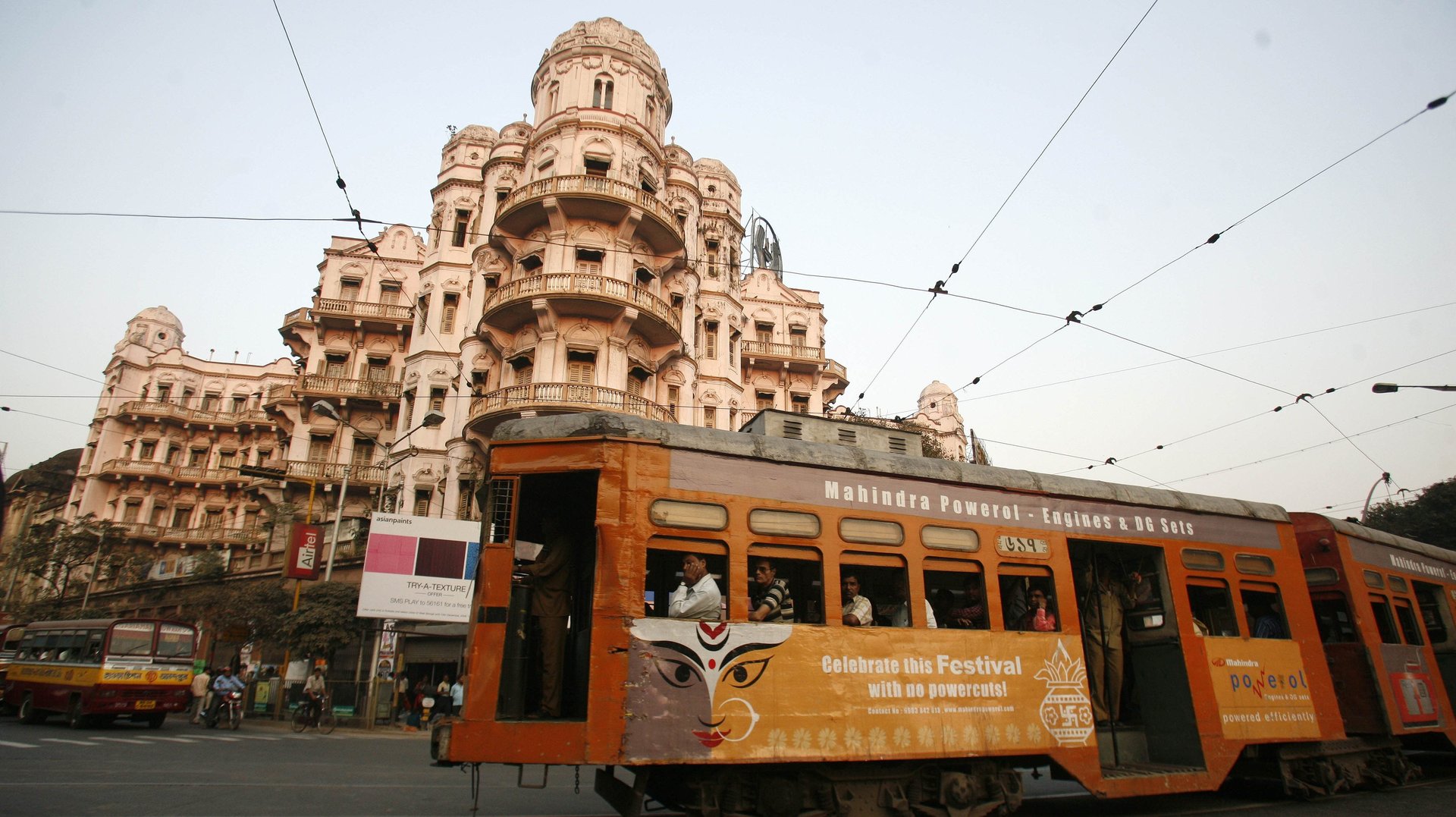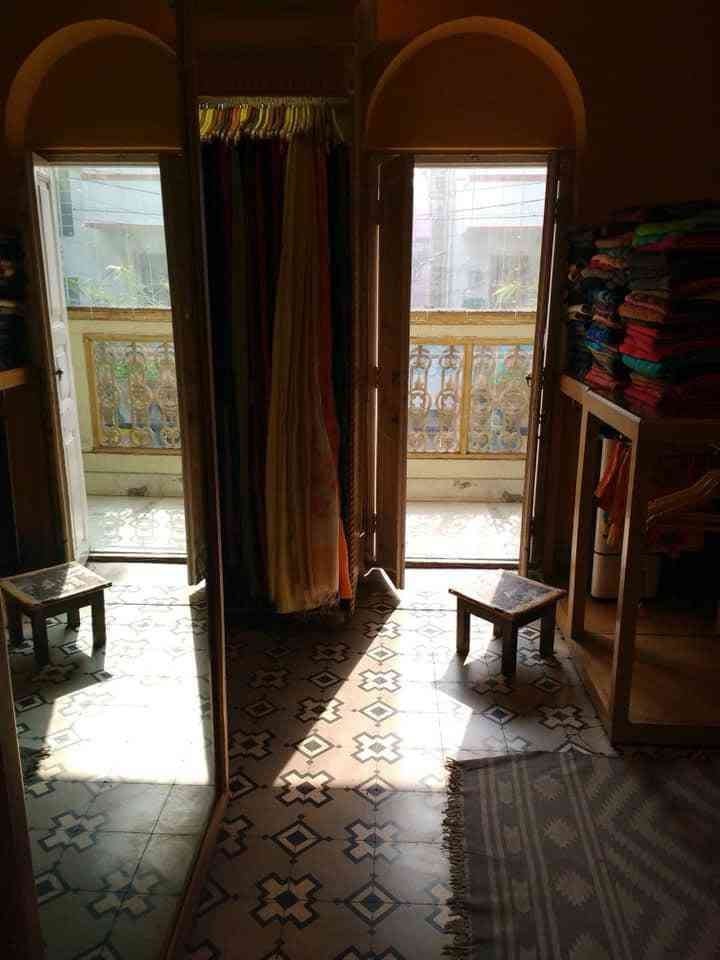How a group of investors are preserving Kolkata’s architectural legacy
A group of dyed-in-the-wool investors who buy and redevelop old Kolkata properties has been in a huddle of late.


A group of dyed-in-the-wool investors who buy and redevelop old Kolkata properties has been in a huddle of late.
In 2018, they bought a century-old residential property in Bhawanipore in South Kolkata, spread over five cottahs (a unit of area equal to 720 square feet), each floor measuring 2,500 sq ft. A decade ago, they wouldn’t have thought twice before tearing down the crumbling structure to build a new residential or commercial property. But something has changed. The investors are now in talks with architects and interior designers to find out if the “beautiful structure that has so much character” can be retained and repurposed.
The options before them include selling it to a designer who could run a store out of it. Or turn it into a boutique hotel. The challenges are many, including the fact that the house, which once belonged to a large joint family, does not have toilets on every floor. But none of those challenges stack up against the charm of the house’s high ceilings and distinctive floors and windows. “We never thought along these lines before, but now we are looking at such properties with a different perspective,” admitted a member of the group.
The same story is playing out across Kolkata. For every 10 historic buildings that fall to the real estate juggernaut, there is at least one that stands out.
No longer is it the default choice to erase Kolkata’s diverse and rich cultural legacy that found utterance in its unique architecture. In a city that is home to the tallest residential skyscraper in India—The 42—a handful of entrepreneurs and creative individuals are showing that it is also possible to preserve the signature architectural style that combines the fierceness of British-built Victorian landmarks with local aesthetics.
“You can call us urban nostalgists,” said Malavika Banerjee.

In 2010, Banerjee, an art and literature aficionado, had bought and transformed an 80-year-old residence into a store, sparking a trend that changed the Hindustan Park neighbourhood into a chic cultural precinct with cafes, boutiques, and galleries. The residence she bought is today home to Byloom, the popular sari and lifestyle brand, and a cafe, which serves Bengali food and snacks.
When Banerjee had walked into the “dump of a building,” she was immediately drawn to its unique design and elegant flooring. “The journey was very organic, with minimally invasive renovation,” she explained. The result is a charming reimagining of a residence as a commercial establishment with its distinctive signature intact. “Because I am passionate about nostalgia, I went through the process, but I can tell you from the developer’s or promoter’s point of view as well—it is no fun to raze an old house,” she said. “Just as it is not easy to maintain one.”
Instagram friendly
Banerjee’s views are shared by Sulagna Ghosh, who, right across from ByLoom, runs Sienna Store & Cafe with her architect mother. One of the most Instagrammed destinations in the city, Sienna is known for its contemporary and artisanal aesthetics.
The Ghosh mother and daughter had always been fascinated by the neighbourhood with its quaint residences and didn’t hesitate when they found out that an elderly couple was looking to sell their ground-floor property. “We started off with the idea of finding a space for our products, but the house threw up many more interesting ideas,” said Ghosh. “We loved the pretty windows and doors that we retained, and began to improvise and upcycle the rest as we went along.” While the exercise has been creatively fulfilling, Ghosh admits the journey isn’t easy since there are many issues to deal with—electricity and water being just two. But the love for the property’s aesthetics overrode the niggles.
Another fine example of Kolkata’s newfound conservation streak is the Experimenter gallery, which reimagined a 100-year old house built in the early 20th century Bengal architectural style. The “House with a Head,” as the current owner Aveek Sen calls it, was recast as a modern gallery space once the curator-writer collaborated with gallerists Priyanka and Prateek Raja.
The high ceilings, vintage mosaic floors, old furniture, and windows of the house lent themselves beautifully to the team’s vision of creating a modern interactive space for multi-disciplinary art. There is a sprawling space for the gallery, and one for a library programme. There are nooks and corners that are perfect for an intimate viewing of video art, reading, research and more. With year-long programmes that bring artists, musicians, photographers, storytellers, and curators from the world over to the Ballygunge address, the “House with a Head” now has a throbbing heart as well.
A newer addition to the list of repurposed residences is the Calcutta Bungalow. Situated in a North Kolkata neighbourhood, this bed and breakfast is the brainchild of Iftekhar Ahsan, a pioneer in sustainable tourism and founder of Calcutta Walks. The idea was to take tourists deep into the soul of the city. And Calcutta Bungalow, with its painstakingly curated interiors, recreates a way of life that reveals itself to the curious traveller. “It was difficult to find a structure that was stable, and a space where you could design an en suite bathroom,” said Ahsan. “This house, with its positive vibes, ticked all the boxes.”
For Ahsan, as for most of these culturally engaged entrepreneurs, finding the right property to revive and restore is both a matter of luck and hard work. The owners of Calcutta Bungalow, for instance, were only too happy to sell off their share of the property. While it made it easier for Ahsan to close the deal, he observes how this apathy is stripping the city of its genetic memory.
“The city is blessed with residences that have allowed personalities to flourish, where stories have been told and legacies nurtured,” he said. “These spaces represent the pinnacle of our city’s architectural history. Which is why the project was very important for us.”
Not everyone is willing to buckle under personal constraints or market forces, though. In a city where the real estate sector can be really fickle, there are also those who are driven by their passion for preservation and restoration, and keeping their family legacy alive at any cost.
Ranadhir Palchowdhury, a third-generation entrepreneur, owns the Maheshganj Estate, a heritage homestay in the historic district of Nadia, a few hours away from the city. Built originally by an Italian doctor to Tipu Sultan, who came to Bengal in 1780 and reinvented himself as an Indigo planter, it was bought over by Palchowdhury’s grandfather in the early 1890s and has stayed with the family ever since.
In 1978, Palchowdhury began to take care of the place with his father. Built in the French provenance architectural style, the estate is spread over 16 acres, with a seven-acre garden, lush with 300 mango trees, rare flowers, butterflies and birds. Inspired by the heritage homestays of Rajasthan, Palchowdhury decided to open up the property for discerning travellers, and has been spending significant time and money on keeping it in grand shape.
House number 32, Ashwini Dutta Road, may not have the grand scale or historicity of Palchowdhury’s Maheshganj Estate, but the passion and commitment of the current owner, Simonti Mukherjee, is as high.
The house was built by her grandfather 70 years ago in the style of the times—each room dedicated to different activities, projected balconies, yellow, red and green colour scheme. Maintenance is hard work, she says, much like “hathi posha” or keeping an elephant as a pet. There is also the question of what will happen to the house after Mukherjee—she is single—and she has been thinking about ways to ensure that the house is able to take care of itself. Though she did open it up to her friend and interdisciplinary artiste Sujoy Prasad Chatterjee for a situational production, she “cannot ever think of selling it off or letting strangers inhabit the same space”.
Mukherjee believes there are not many people who share her commitment towards holding on to an ancestral property. And she may be right. Scenographer Swarup Datta, who gave shape to Calcutta Bungalow, observes how restoration is still an elitist concept. It is important, he says, to keep the conversation going around smaller, more modest structures. “These are middle-class homes that do not carry the tag of historicity, but have contributed to the city’s socio-cultural and architectural legacy.”
The challenge, says Dutta, is not just to keep the facade and some architectural and interior elements in place “but to ensure the soul of the house is intact”. Such initiatives, she says, have the potential to attract tourists, generate employment and encourage cleanliness.
Over the past one year, Ahsan has been approached by several families and developers with ancestral properties who are excited at the possibility of retaining a piece of personal and public history, in a financially sound, sustainable avatar. While he welcomes the trend, he is also aware that “not every property can go that way”. For any house that stands its ground, it is a coming together of awareness, intent, resources, economics, and commitment. In other words, serendipity.
This post first appeared on Scroll.in. We welcome your comments at [email protected].